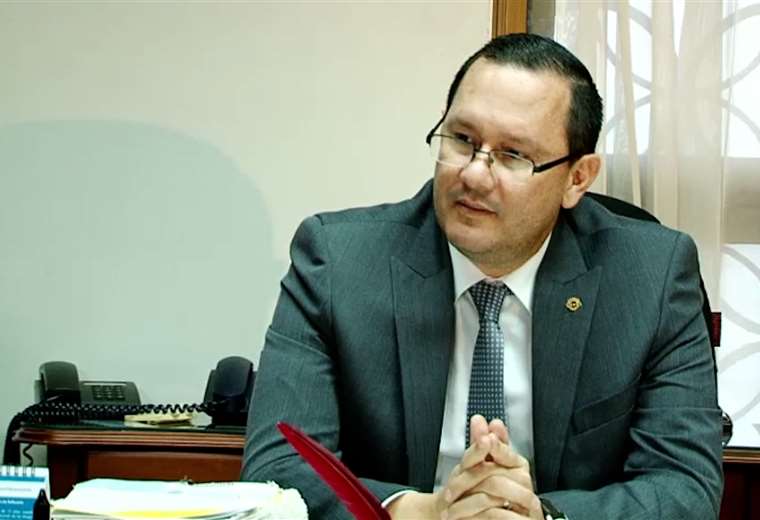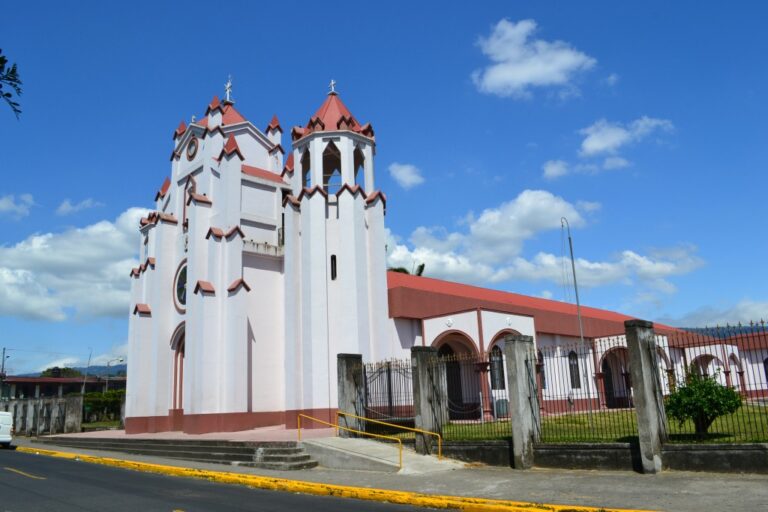Costa Rica has consolidated its position as the regional leader in high-value tourism, according to a recent study conducted by Mastercard Advisors in collaboration with the Costa Rican Tourism Institute (ICT) and the Central Bank of Costa Rica. The report revealed that in 2024 foreign visitors spent on average $2,062 per person, the highest figure in all of Central America. This finding confirms that the country not only attracts a growing number of tourists but also those willing to invest in authentic, high-quality experiences.
Costa Rica’s leadership is the result of multiple factors that have placed the country firmly on the global tourism map. Its reputation as a sustainable destination is perhaps the most significant. Conservation and respect for nature are embedded in the nation’s tourism offer. Visitors are drawn not only by beaches, volcanoes, and lush rainforests but also by the possibility of living unique ecotourism and adventure experiences with internationally recognized sustainability practices.
Infrastructure and high-quality services also play a crucial role. From modern airports and air connectivity to boutique hotels, ecolodges, and luxury resorts, Costa Rica guarantees comfort and exclusivity for the most demanding travelers. Complementary services such as world-class cuisine, wellness, cultural immersion, and adventure add further value to the visitor experience.
The data reflects this trend clearly. The study found that 75 percent of foreign visitor transactions in Costa Rica are made using debit or credit cards, an indicator of trust in the destination and a preference for purchasing premium services. According to Central Bank data, tourism revenues in 2024 surpassed $5.43 billion, placing Costa Rica among Latin America’s leading tourism powers.
Yet this model of high-value tourism faces challenges. Overtourism in certain destinations threatens the very balance that has made Costa Rica a world reference. Overcrowding in national parks or fragile coastal ecosystems risks damaging biodiversity and undermining the authentic experiences visitors seek. There are also social concerns, including ensuring that local communities are active participants and beneficiaries of tourism, and preventing wealth from becoming overly concentrated.
Looking ahead, Costa Rica also has important opportunities. Diversifying tourism into lesser-known regions can help spread economic benefits more widely while reducing pressure on saturated destinations. Investments in green infrastructure and sustainable connectivity can further enhance the country’s appeal for environmentally conscious travelers. Strong public-private partnerships remain key to maintaining service quality and global visibility.
The future of Costa Rican tourism depends on maintaining a delicate balance: attracting high-spending visitors while preserving the sustainability and authenticity that have made the country unique. Beyond record figures and international recognition, the central challenge is to ensure that tourism remains a source of economic, social, and environmental development for all.
Costa Rica leads high-value tourism in Central America because it has built a distinctive proposition, grounded in conservation, quality, and innovation. The challenge now is to sustain that leadership into the future, protecting the natural and cultural heritage that makes the nation a source of pride and prosperity for generations to come.


















